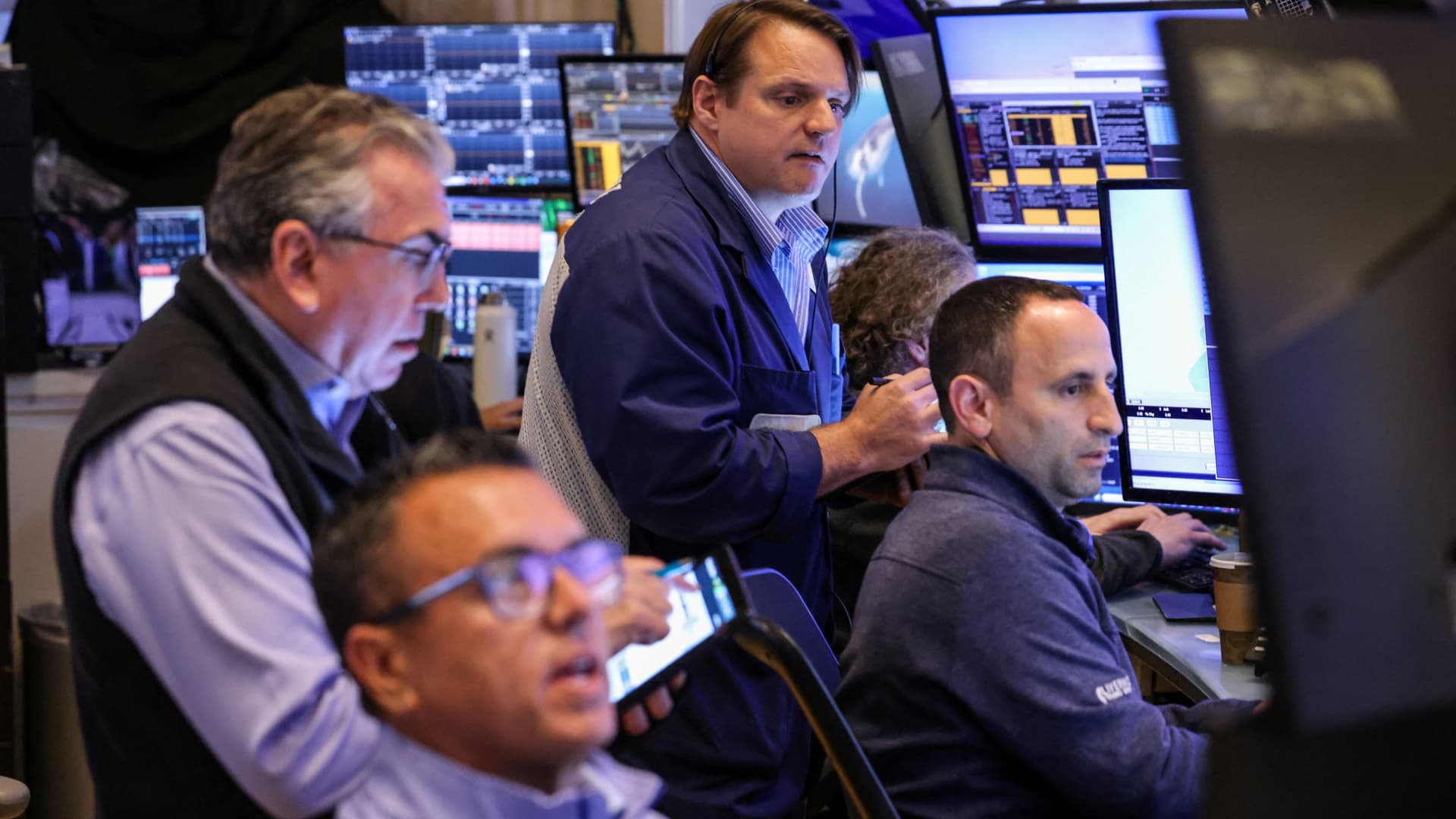
There’s worry retail investor exuberance in the exchange-traded fund space is flashing a warning signal for markets.
As individuals pour billions of dollars into some of the riskiest pockets of the exchange-traded fund market, some experts like ETF Action’s Mike Akins question whether the trend is a sign of markets overheating.
“Product proliferation in the ETF market is at its all-time high right now,” the firm’s founding partner told CNBC’s “ETF Edge” this week. “We are seeing signs of all of those types of niche strategies, especially in the thematic and innovative space, starting to approach 2020, 2021 types of flows again, right at the top of the market.”
Institutional investors make up roughly 64% of the overall ETF market, recent 13F filings compiled by ETF Action show. By contrast, they are largely absent from fast-growing categories like single-stock ETFs and leveraged or inverse strategies, making up approximately 9% and 10% of investors there, respectively.
Nontraditional ETFs, which include inverse and leveraged funds, have raked in more than $60 billion year to date, ETF Action data shows as of Friday. According to Akins, the few institutions involved in these speculative strategies are largely there to provide liquidity rather than to allocate.
“These strategies are incredibly volatile. They’re 99% owned by retail. There are no institutions allocating these strategies, but there’s billions of dollars coming into them,” he added.
Yield-focused products, such as covered call ETFs tied to individual stocks, are particularly risky, Akin contends. While they may generate steady income when underlying shares are rising, the payouts can become unsustainable if the stocks falter.
‘It’s a train wreck’
“If you have a yield-covered strategy that’s paying out 100% income on an annual basis and the underlying doesn’t keep going up, it’s a train wreck,” he said.
Retail appetite for these funds harkens back to the pandemic-era surge in thematic ETFs including Ark Innovation (ARKK), which saw massive retail-driven inflows at the height of the bull market. The historical parallels should give investors pause, Akin says.
“When you start seeing the flows into those products take off, generally, that is a contrarian signal that we’re overheating across the market, and that’s been shown time and time again in terms of money flows chasing returns.”





